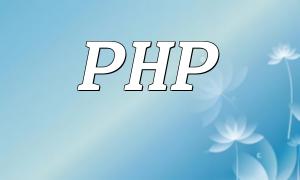In modern social platforms, mutual follow systems have become an essential part of many applications. This system allows users to follow each other, increasing interaction and engagement. In PHP development, designing a clear code structure and reasonable modular splitting is key to building an efficient mutual follow system.
We will first discuss the code architecture of the mutual follow system. In PHP development, it is recommended to use the MVC (Model-View-Controller) architecture. This architecture effectively organizes the code structure and ensures system maintainability and scalability.
In the MVC architecture:
To improve system maintainability and development efficiency, modular splitting is crucial. By splitting the system into independent modules, each responsible for specific functionality, we can develop and maintain the system more efficiently.
For example, user management, follow relationship management, and dynamic publishing functionalities can be split into independent modules:
Modular splitting not only improves development efficiency but also enhances the system's scalability. With independent modules, teams can work without interfering with each other’s code, improving development efficiency. More importantly, when new features need to be added to the system, new modules can be added without major changes to the existing code, ensuring the system's flexibility and scalability.
In PHP development, a mutual follow system designed with a clear MVC architecture and reasonable modular splitting significantly improves system maintainability and scalability. Through modular development, teams can collaborate more efficiently, reduce errors and conflicts, and better address future feature expansion needs. These design principles are highly valuable not only for social platform development but also for other web application development.







